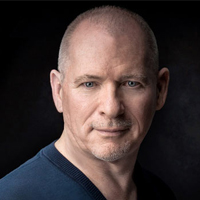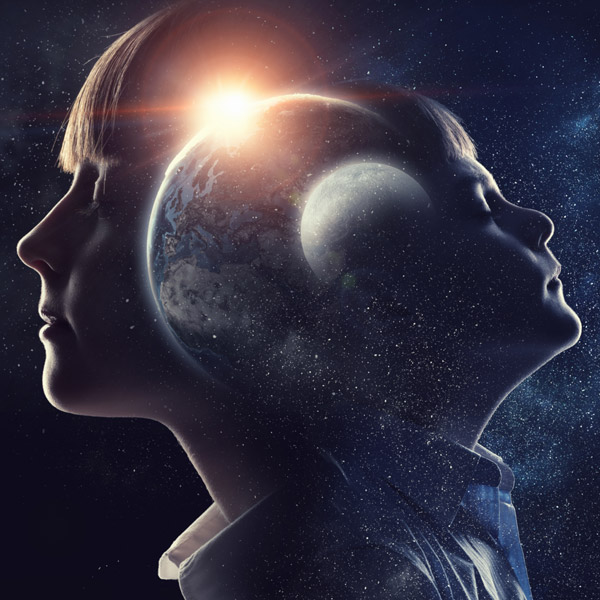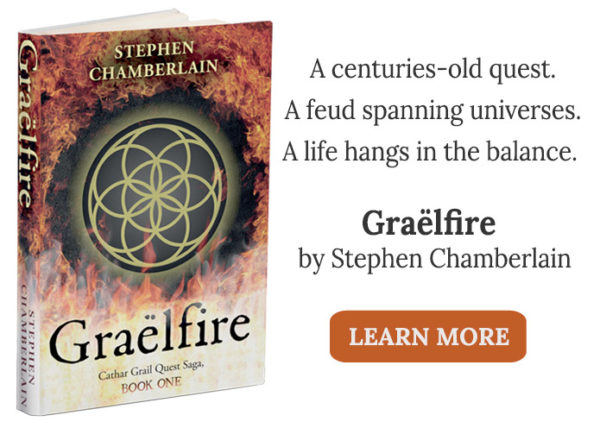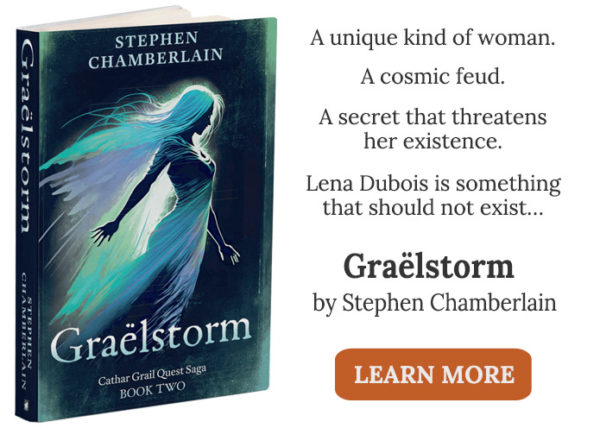“All that is the work of the human hand, the whole world of culture, is distinguished from the natural world because it is the product of human imagination.” – Lev Vgotsky (1836-1934), Soviet Psychologist
My first recollection of owning a book goes back to a set of children’s classics I received one Christmas: Gulliver’s Travels, Treasure Island, and Robinson Crusoe. More followed later on my birthday: Moby Dick, The Three Musketeers and Moonfleet—seriously good stories that never let me go.
String puppets were the staple of children’s TV back then—British sci-fi masterpieces like Supercar, Fireball XL5, Stingray, Thunderbirds, and Captain Scarlett. These series brought the future to life in a way cartoons never did, and yet who could forget the marionettes’ staccato movements and bobbing heads, their lifeless eyes and hinged jaws? It’s hard to believe in a character hanging from strings.
Those first books I received blew cartoons and puppet series out of the water. Something powerful took hold; pictures formed in my head. I wasn’t being shown landscapes and characters; I was visualizing them for myself. Imagination had ignited the mind of a seven-year-old.
The Creative Spark
Imagination is the ability to form an impression in the mind’s eye—of something not real or present to the senses. Tolkien described it as the capacity to dream of possibilities, which Albert Einstein considered more important than learning. He said, “Knowledge is limited. Imagination circles the world.”
It doesn’t take much to guess what Einstein meant. Learning is the accumulation of information and skills gained through observation and experience. But where knowledge binds us to reality, imagination helps us escape it by enabling us to speculate that something else is possible.
Einstein described his “thought experiments” as the ability to form images that go beyond reality. He considered them the source of his inspiration. For example, his journey toward the general theory of relativity involved imagining what it might be like to ride alongside a beam of light. Other scientists drew from the same well. Faraday, for one, owes his discovery of electromagnetism to his ability to imagine invisible lines of force. It’s no surprise, then, that J. K. Rowling considers imagination to be the foundation of all invention and innovation.
Concentrating the Mind
But imagination and creativity are not one and the same. Experimental thought must have a purpose to be creative, which means it must somehow intersect with the real world. And the more experiences and knowledge we have, the richer the fruits of our imagination, because we have more material to work with. Farming, tool making, language, and industry — all required a blend of imagination and knowledge. Einstein wasn’t talking about imagination run wild. He meant imagination kept focused and under control within a framework of real-world knowledge.
Which brings me back to those children’s classics. Fiction is also an expression of imagination. Humans learned to tell stories before we learned to grow food, and story making often involves thinking up new characters and situations. Nowhere is this truer than in speculative fiction. But just as in scientific research, fantasy world-building demands a framework if the make-believe is to work. That’s why writers weave elements of the real world into their fantasies. Be it landscapes, cultures, languages, or fantastical species, authors like Tolkien, J.K. Rowling, and George R. R. Martin incorporate parallels from real life. These reference points make imaginary worlds relatable. They help readers suspend their disbelief in the fantastical.
Stretching Imagination
The power to imagine is what makes us human. Of course, some use it more than others. I’m thinking of those who create — writers, poets, artists, musicians, scientists, engineers, and the like. It’s a life skill many require to be successful professionals, and one of the most important gifts we pass on to our children.
We can’t teach them how to have imagination; we can only encourage its use. But we can start early by telling them stories that inspire them to form images in their minds. Stories play a vital role in the growth and development of a child’s creative thinking. A quotation attributed to Einstein runs, “If you want your children to be intelligent, read them fairy tales. If you want them to be more intelligent, read them more fairy tales.”

Stephen Chamberlain is the author of the fantasy novel Graëlfire. He draws inspiration from the impact of landscape on myth, and the association of liminality with the supernatural and magic. Stephen lives in Switzerland.



